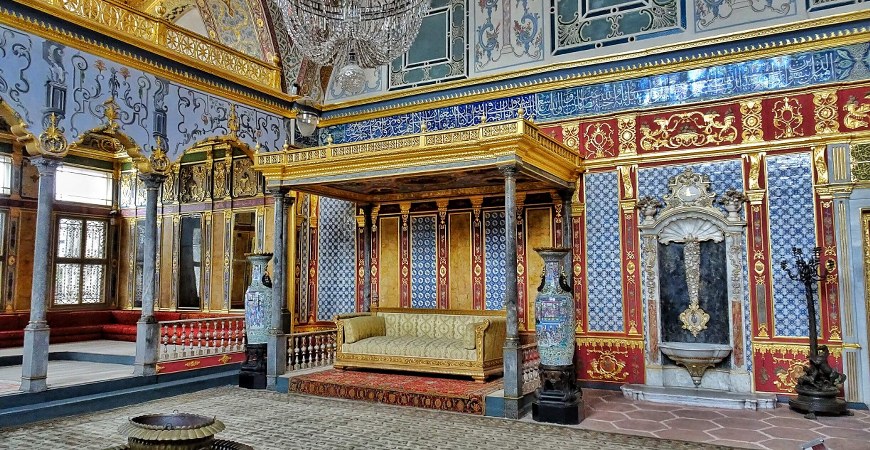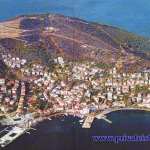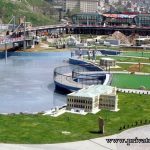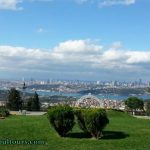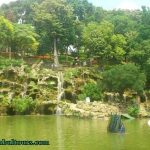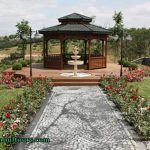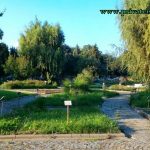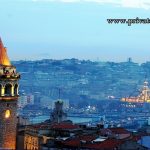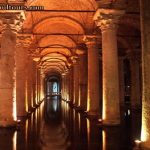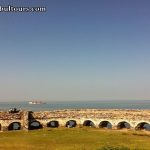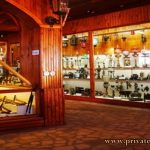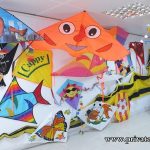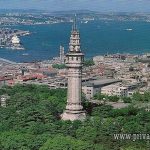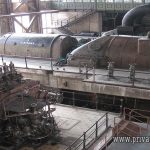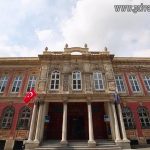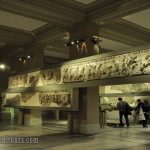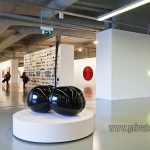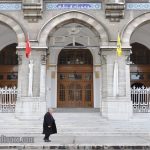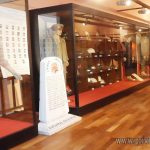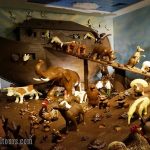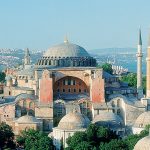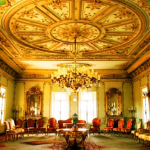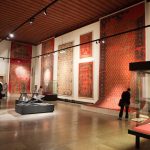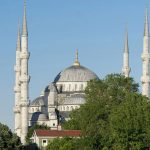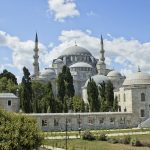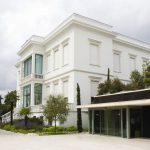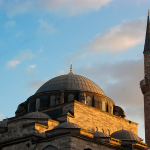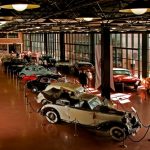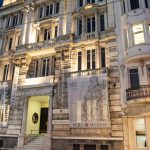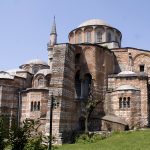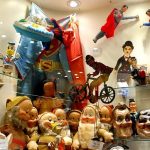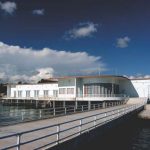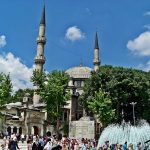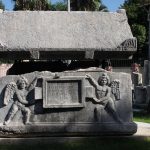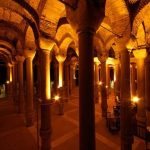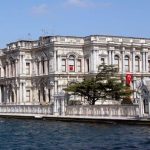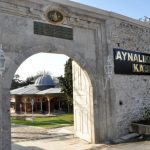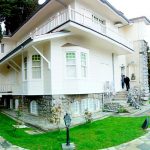Famous Istanbul Topkapi Palace Museum,
Here is a brief description of those sections of the palace which form the present museum The Kitchens (Chinese porcelains) In the domed and chimneyed kitchens which were built by Sultan ‘Mehmed the Conquerer and enlarged in the time of Sultan Suleyman the Law Giver, food was prepared for a minimum of 5 thousand people, and on ceremonial occasions for 15 thousand. Now Chinese porcelain is exhibited in the kitchens and forms the largest collection of Chinese porcelain in A corner of the Harem in Topkapi Pali the world, containing 11,475 pieces. The porcelain is arranged according to the Chinese dynasties and dates from the ninth to the eighteenth century, exhibited in Chronological order. This porcelain is among the most valuable of the objects in Topkapi Palace. Also housed in this section is some Japanese and European porcelain, gold and silver services made by Turkish craftsmen, Istanbul porcelain and glass, and kitchen utensils. The Third Gate of Topkapi Palace is called “Babus’saade” and opens onto the Third Courtyard. Festivals always used this gate, which led to the Art Room, the Treasury, the Ahmed the Third Library, and various other sections of the palace.
Art Room:
This room was built by Sultan Mehmed II between 1465 and 1478. It contains a domed throne, a bronze stove, and a marble fountain. The Ottoman Sultans used to receive important men of state and foreign ambassadors here. A corner of the Harem in Topkapi Pali the world, containing 11,475 pieces. The porcelain is arranged according to the Chinese dynasties and dates from the ninth to the eighteenth century, exhibited in Chronological order. This porcelain is among the most valuable of the objects in Topkapi Palace.
You will continue to find more details about Istanbul Topkapi Palace Museum on Istanbul Topkapi Palace Museum – Chapter 3.

